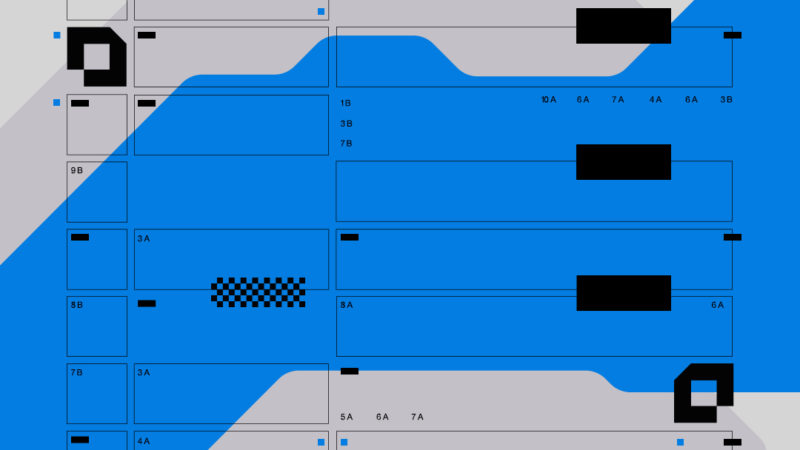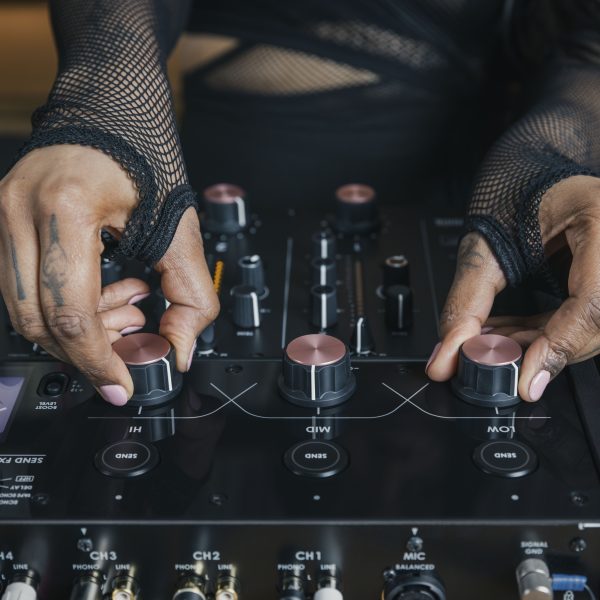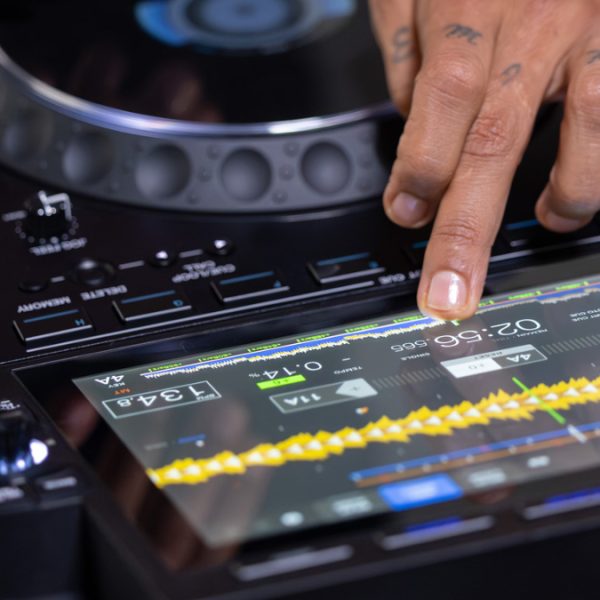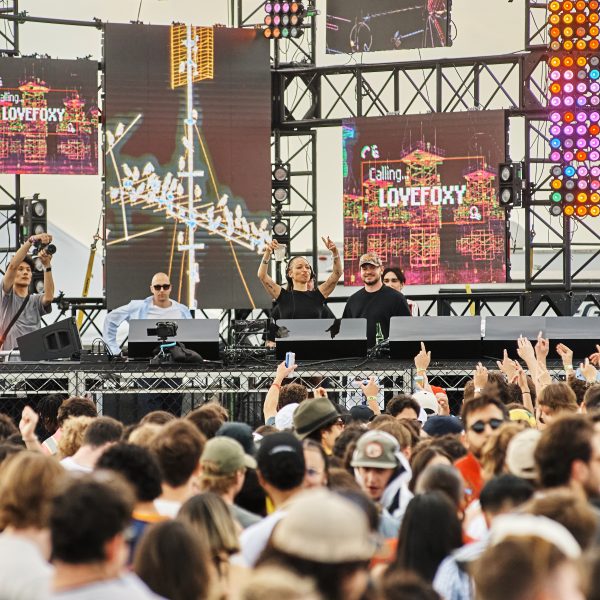Could you tell the difference? Did you prefer the first mix? Does this interest you?
This is harmonic mixing in essence. It’s a method of selecting tracks based on compatible keys because at root you, the DJ, like how it sounds.
There are other approaches. Some DJs might use keys to intentionally create dissonance, or play with the energy of a room by, for example, ascending a musical scale. And many DJs will say that harmonic mixing is something they do intuitively, building a sense of what works through experience. But fundamentally, harmonic mixing is pretty straightforward.
The debate, however, tends to stem from related questions. Do DJs limit themselves by choosing only harmonically compatible tracks? Can an audience tell if a DJ is mixing harmonically? And following from that question, is the value actually that people sense harmonic mixes rather than knowing them? Is harmonic mixing relevant for someone playing, say, minimal techno? Questions like these were clearly on the DJs’ minds as they gave their responses below.
Whatever your view, there’s no doubt that these days harmonic mixing is far more accessible than it used to be. I personally became interested in the early 2000s, after reading a relevant chapter in Bill Brewster and Frank Broughton’s influential 2002 book How To DJ (Properly). At that point, the Camelot Wheel, which gave keys a more easily understood alphanumeric code and displayed these codes on a wheel, had become an essential tool. As Brewster and Broughton outlined in the book, though, finding a track’s key meant manually playing notes on a keyboard until you found its keynote, which you checked by playing a chord or a scale over the track. Needless to say, this was a faff.
Even so, “It wasn’t that niche,” Brewster told me. “Obviously it wasn’t something that the majority of DJs were doing or even necessarily had an interest in, and it did depend on the style of music they played, but it had certainly been discussed and there was an awareness of it existing. Sasha, for example, was notable for using it quite a lot and many of the prog house DJs would use it for those long overlays that they would do.”
These days we have it comparatively easy. Mixed In Key, the key detection software that stemmed from the Camelot Wheel, provided DJs with an early technological solution when it was first released in 2006. Over the years, key information has become available in download stores like Beatport and Traxsource, while popular DJ software like rekordbox, Serato and Traktor all have key detection systems. The recent CDJ-3000 has gone a step further with the introduction of the Key Sync button, which adjusts the key of the next track to match the track on the master deck, and Key Shift, which lets you manually shift a track’s key. Even if the technique isn’t necessarily in widespread use, the options for exploring harmonic mixing have never been greater.
Indeed, it took some time to find relevant DJs for the piece, and those we spoke to all seemed to approach harmonic mixing from a slightly different angle. We asked them to outline their personal philosophies and techniques, and to offer advice for anyone considering getting started. The ideas behind it have been around for decades, but we might still say that harmonic mixing is a curiously under-explored area of DJing.




